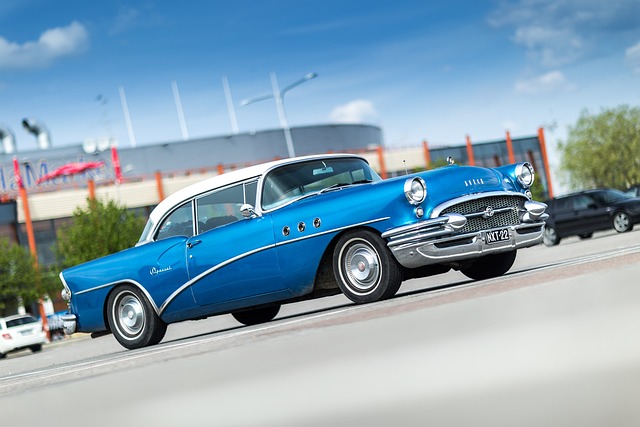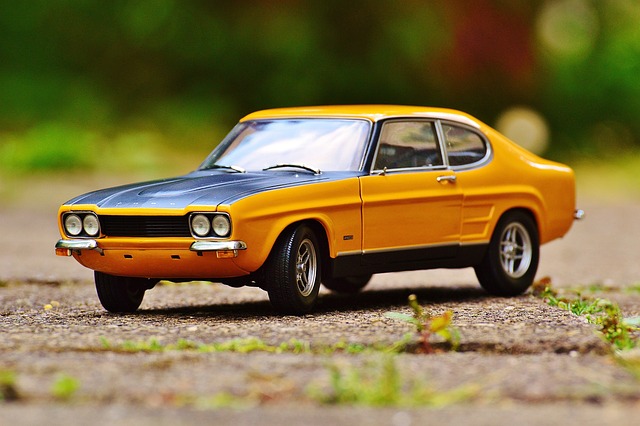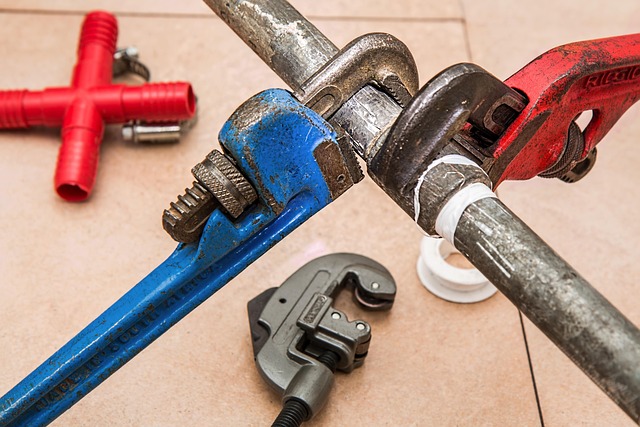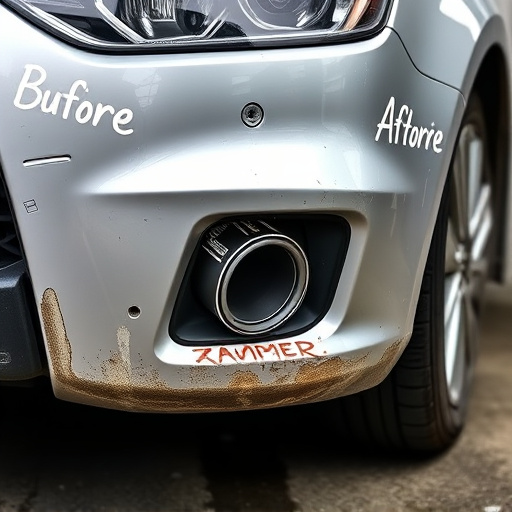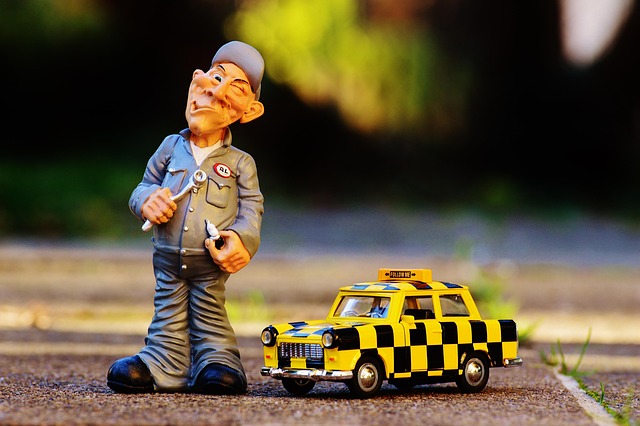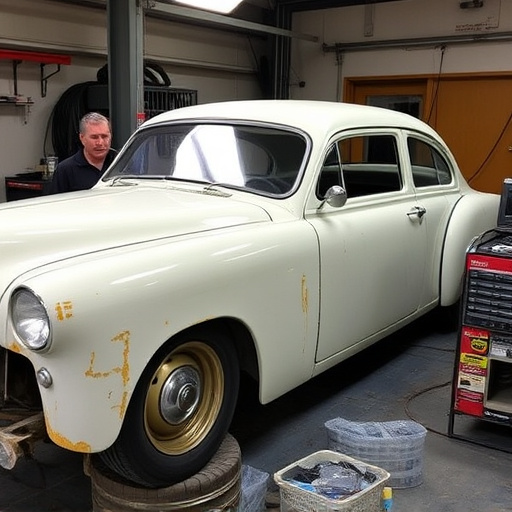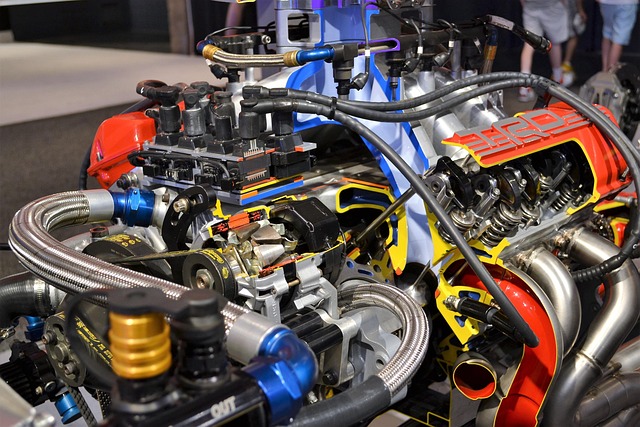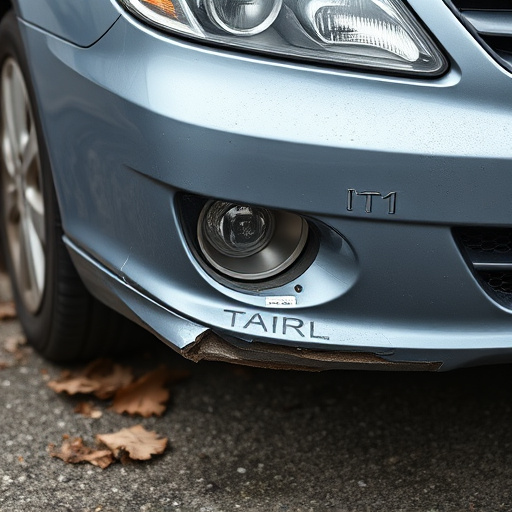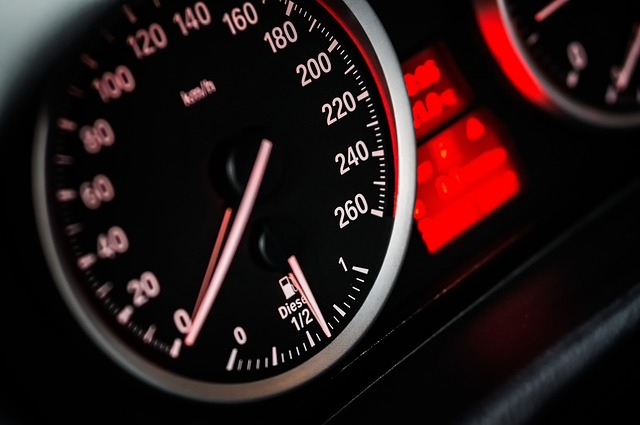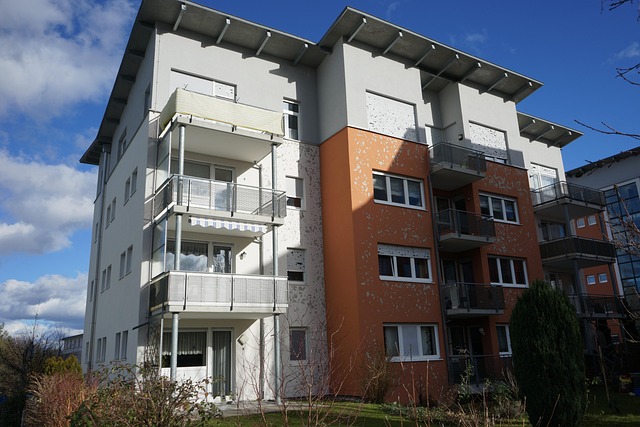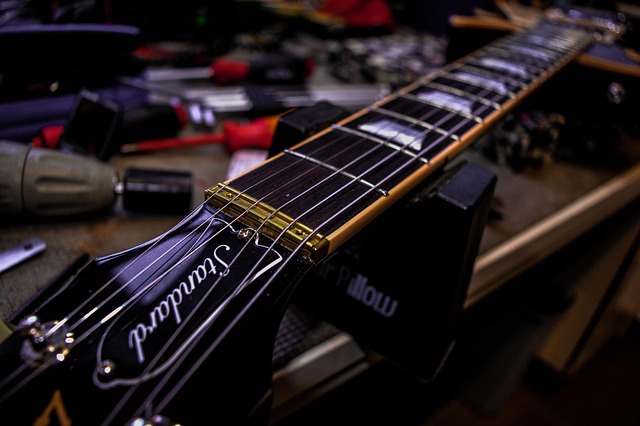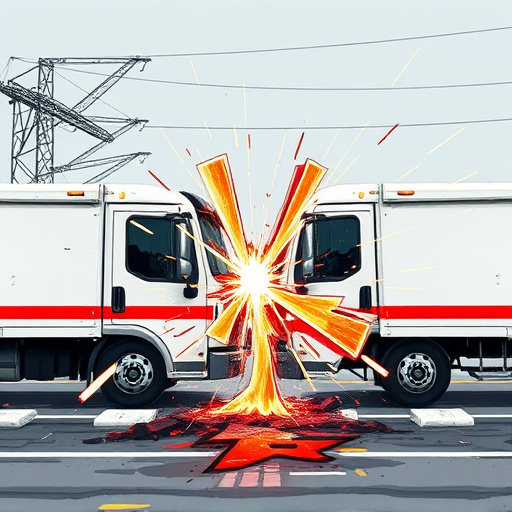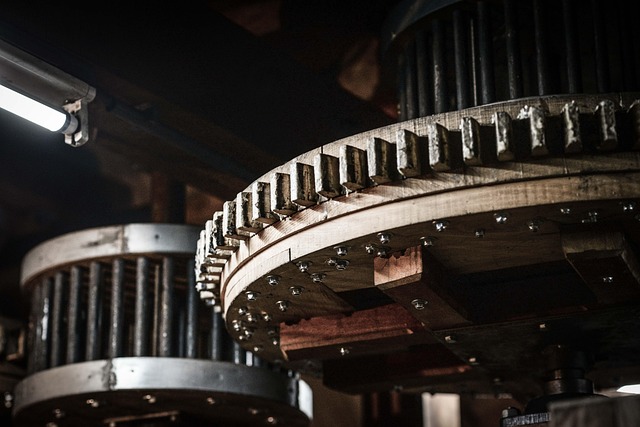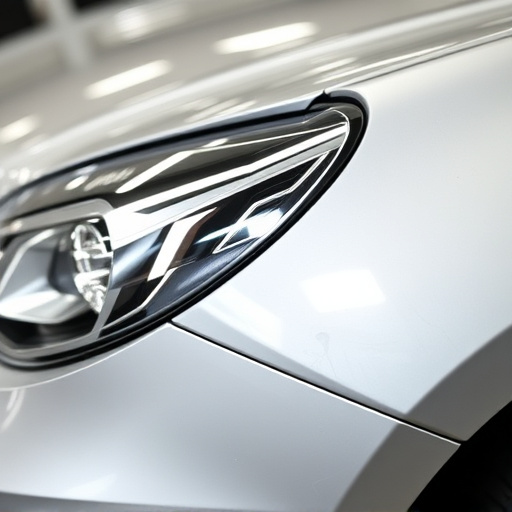Frame machine repair failures stem from misinterpreted schematics, incompatible parts, and evolving vehicle designs. Technicians should scrutinize drawings, verify dimensions, use OEM documentation, and leverage digital resources to ensure accurate, safe, and efficient repairs, minimizing damage and paint repair needs. Safety protocols, correct tools, and high-quality equipment are crucial for successful frame machine repairs, protecting technicians, equipment, and shop investment.
Frame machine repairs can be intricate, often leading to common pitfalls that disrupt the process. This article delves into the top three errors plaguing technicians: misinterpreting part schematics and specifications, inadequate safety measures during disassembly and assembly, and using incorrect tools for specific tasks. By understanding these mistakes, frame machine repair enthusiasts can enhance their skills, ensuring more accurate, efficient, and safe repairs. Learn how to avoid these pitfalls and elevate your frame machine repair expertise.
- Misinterpreting Part Schematics and Specifications
- Inadequate Safety Measures During Disassembly and Assembly
- Using Incorrect Tools for Specific Frame Machine Repair Tasks
Misinterpreting Part Schematics and Specifications

Many frame machine repair tasks are fraught with errors due to a misinterpretation of part schematics and specifications. Technicians often struggle to align parts correctly or use incompatible pieces, leading to subpar repairs. This problem is exacerbated by the constant evolution of vehicle designs, making it crucial for repair professionals to stay updated with the latest technical drawings and standards. Misunderstandings can result in significant issues, from structural instability to aesthetic deficiencies that require additional car repair services or even vehicle paint repair processes.
To avoid these pitfalls, technicians must carefully study schematics, double-checking dimensions, compatibility, and installation guidelines before procuring parts. Cross-referencing with original equipment manufacturer (OEM) documentation can prevent costly mistakes. Additionally, leveraging digital resources and seeking guidance from experienced colleagues in the field of frame machine repair can enhance accuracy and efficiency, ensuring that repairs are both structurally sound and visually appealing, minimizing the need for extensive car damage repair or vehicle paint repair work.
Inadequate Safety Measures During Disassembly and Assembly

When engaging in frame machine repair tasks, one of the most common yet preventable errors is the absence or inadequacy of safety measures during disassembly and assembly. This critical phase demands meticulous care to ensure not only the integrity of the machine but also the well-being of the technician. In a bustling car repair shop, where the air is filled with the hustle and bustle of car body restoration, it’s easy for safety protocols to slip through the cracks.
Proper protective gear, such as gloves, goggles, and masks, should be mandatory. Moreover, creating a clear workspace, securing loose parts, and using jack stands when lifting heavy components are essential practices. Neglecting these measures can lead to accidents, causing damage not only to the frame machine but also potentially resulting in severe injuries. Therefore, every car repair service should prioritize safety protocols to avoid such pitfalls during frame machine repair tasks.
Using Incorrect Tools for Specific Frame Machine Repair Tasks

Using the wrong tools for a frame machine repair can lead to subpar results and even cause further damage. Every frame machine repair task requires specific tools tailored to the job, from measuring and marking to straightening and tightening. For instance, using a standard hammer on delicate metal panels instead of a precision mallet can leave indents or crack the surface. Similarly, attempting to weld without proper protective gear or using inferior welding equipment can result in weak joints or unsafe conditions.
An auto body shop or automotive body work expert understands this and invests in high-quality tools designed for frame machine repair tasks. These include specialized clamps, hydralic jacks, and precision measurement tools. In the event of vehicle collision repair, using the correct tools not only ensures better structural integrity but also speeds up the repair process, saving time and money for both the shop and the customer.
When undertaking frame machine repairs, avoiding common pitfalls like misinterpreting part schematics, neglecting safety during disassembly and assembly, and using the wrong tools can significantly enhance efficiency and outcome. Remember that proper training, adherence to guidelines, and investment in suitable tools are vital for successful and safe frame machine repair tasks.
